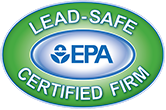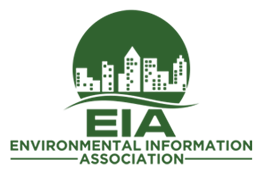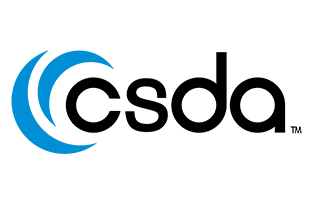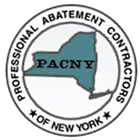Mold Remediation
What is mold?
Although most people have a general idea about what mold is, it is often helpful to fully understand it in order to successfully eradicate it in your home or business. Mold is a type of fungus that is made up of small organisms that can live on virtually any organic substance where moisture is present. There are over 100,000 different types of mold, and they play an important part in nature by breaking down dead, organic material such as fallen leaves or dead trees. However, mold can be extremely destructive when present in man-made structures. Mold reproduces by means of tiny spores that are invisible to the naked eye; they float in both indoor and outdoor air and once they land on wet surfaces, they begin to grow. Due to the ever-changing weather in regions like New York State, mold is extremely common all year long. When in an indoor setting, it is most often found in bathrooms, attics, basements, crawl spaces – wherever there is moisture and limited ventilation, there is likely to be mold growth. It can even sneak its way into porous materials such as drywall or wallpaper and can lead to structural damage and poor air quality.
What are the health risks associated with exposure to mold?
There are several health risks associated with mold exposure, including but not limited to:
• Asthma attacks in susceptible individuals
• Allergic reactions such as hives or difficulty breathing
• Sneezing, itchy/watery eyes and dry cough
• Mold-related asthma, chronic sinus infections and severe respiratory illnesses (in the case of prolonged exposure)
How can I prevent mold growth in my home or business?
There are several ways you can prevent mold from forming in areas that are high-risk, such as keeping rooms properly ventilated, using dehumidifiers in spaces that are susceptible to high levels of moisture and cleaning up any excess moisture you may come across. If there has been any recent water damage to a building, it is important to make sure the affected area, and any belongings present in the space, have been completely dried and cleaned. Taking samples of the air in a building where mold is suspected can help detect mold and determine if it has been successfully eradicated at the end of the remediation process.
Why call a professional, licensed mold remediator?
Cleaning and removing mold can cause a massive increase in airborne toxins and spores, so it is imperative to have a remediation crew who knows the proper protocols to follow and has the right equipment to get the job done. In the case of a black mold infestation, anything over 10 square feet of affected area must be remediated by a professional in order to avoid the health risks associated with exposure to spores. The Institute of Inspection Cleaning Restoration Certification (IICRC) outlines five principles of safe and effective mold remediation to ensure quick and effective removal:
- Ensure the health and safety of workers and occupants. It is important to distribute PPE (personal protective equipment) to all those who will be on the job site, as well as post-exposure evaluations with medical professionals if appropriate. It is also important that work be done when there will be nobody in the building; this may mean relocating a family or business while the project is underway.
- Prevent cross-contamination (airborne particulates that travel from the contaminated area to otherwise uncontaminated areas) by setting up containments and barriers.
- Use HEPA-filtered negative air machines; HEPA filters capture 99.97% of airborne particulates.
- Document the conditions of the affected area and outline the process by which workers will remediate the issue. Many times, in the cases of mold removal, contamination is unseen until actual remediation begins; photographs, videos and communication between the crew are critical for complete and thorough removal.
- Correct the moisture problem – when moisture is controlled, mold will be controlled. Removal of excess water, evaporation, dehumidification and temperature control are all ways to correct moisture issues in buildings.
- Isolate the source of the mold before removing it. One effective way to be sure the mold is contained is to apply a self-adhesive film directly over the visible growth in order to minimize airborne particulates once the space has been disturbed. This also helps to minimize the chances of cross-contamination.
- Safely remove contaminated materials – it is imperative to remove and demolish contaminated materials with active growth two feet past the last visible point of contamination to ensure that no mold will be left behind and no spores will spread.
Once the job is complete, it is important to conduct a post-remediation sampling in order to assess effectiveness, provide a risk-free assessment for re-occupancy and address any liability issues. The remediation crew may also provide a debriefing or advisement on how to prevent mold in the future. Some of the ways you can prevent recurring mold are by adding additional insulation and heating your home better to prevent condensation. Experienced mold remediation professionals have extensive training and experience in dealing with mold problems and have the proper equipment to get your home or business back to normal.





